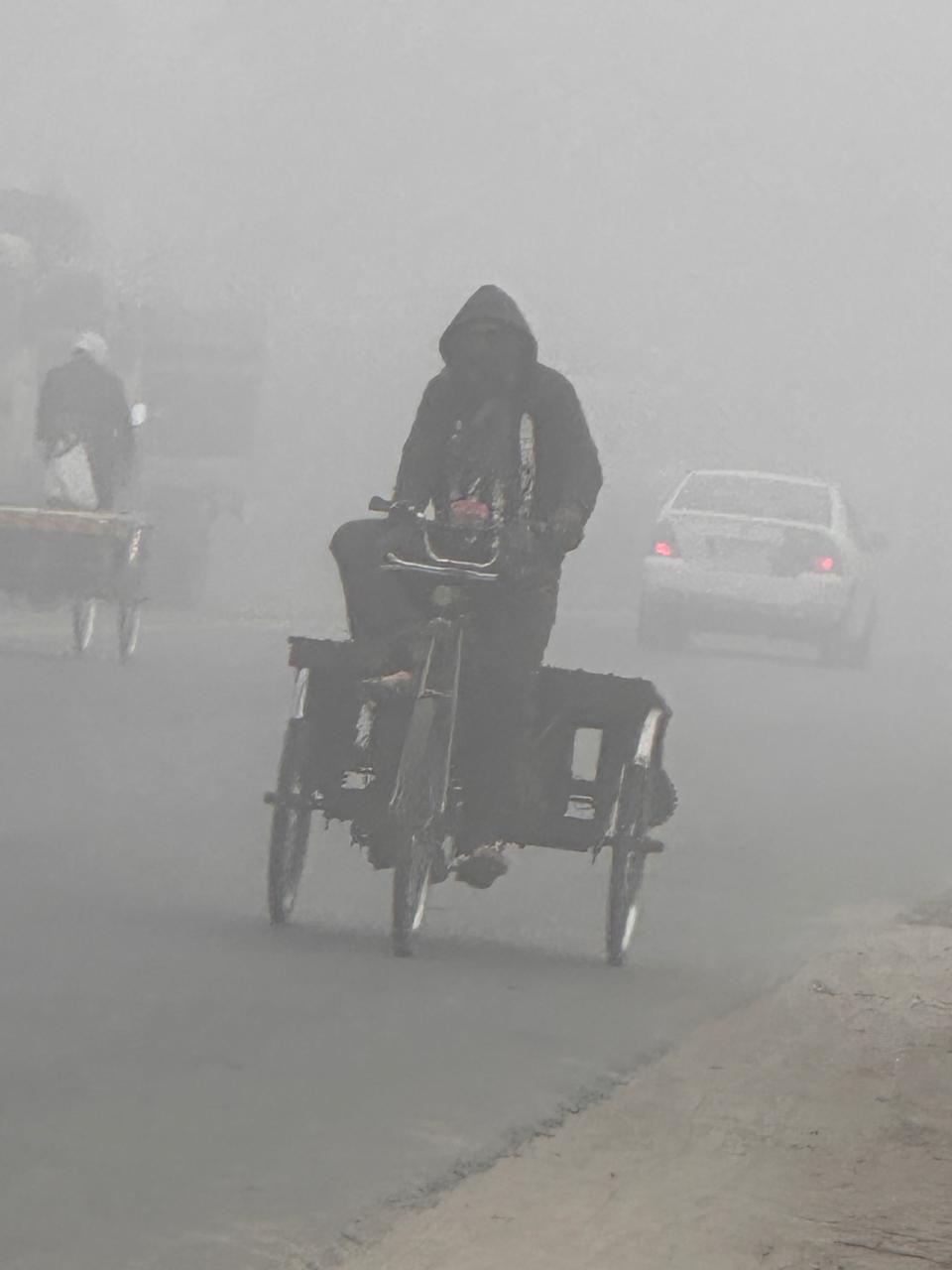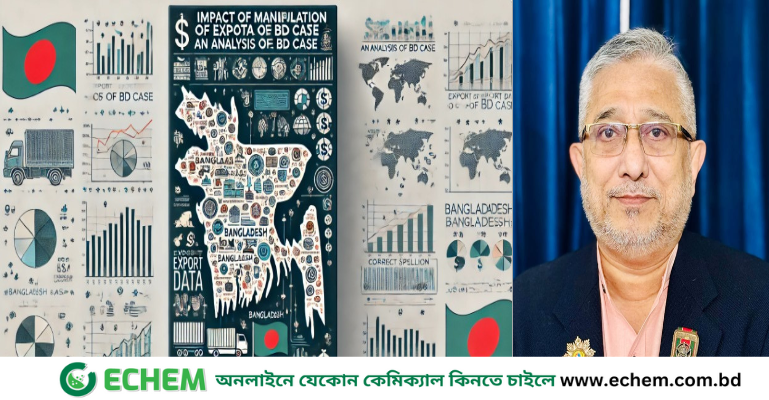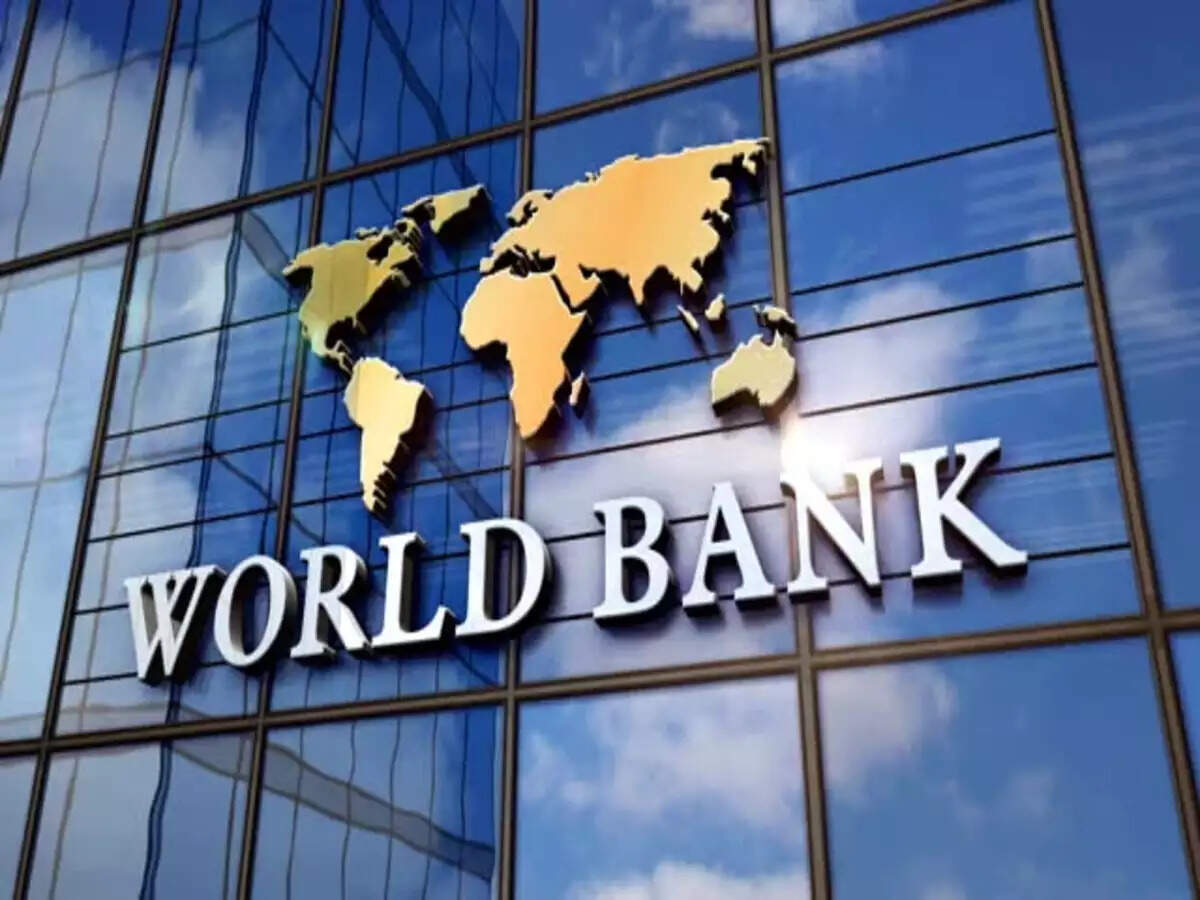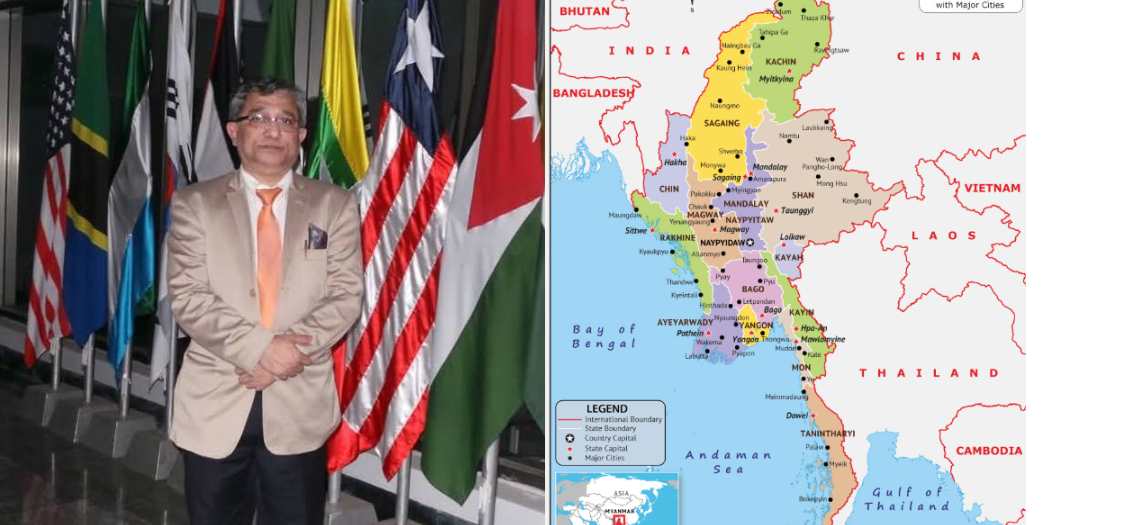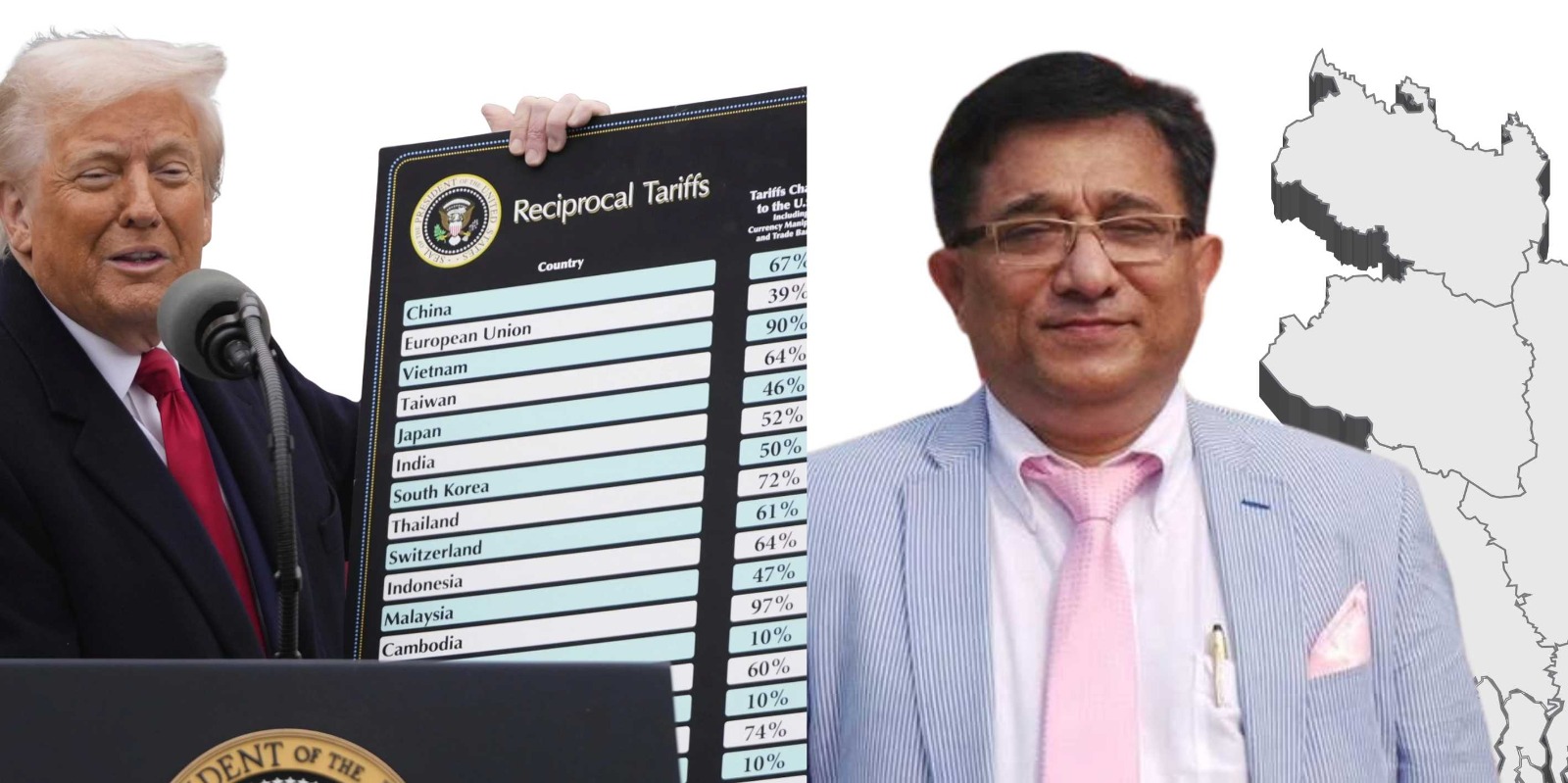Prof. Syed Ahsanul Alam:
A major incident regarding Bangladesh's export earnings occurred a few days ago. Those of us who keep track of economic news know that Bangladesh's export earnings have been overstated for a long time. Recently, Bangladesh Bank is about to adjust this as IMF highlighted the discrepancy.
The long-term impact of this will have a huge effect on our economy. What has been done here can be called fraud in plain language. This is accounting fraud, it is planned accounting fraud.
To explain the basic, for a long time, there has been a discrepancy between the data provided by two organizations regarding Bangladesh's exports: the Export Promotion Bureau and Bangladesh Bank. Precisely, there was a difference between the statistics provided by the Export Promotion Bureau and the data given by Bangladesh Bank. Whenever news surfaced about this discrepancy, our exporters, especially those relying on the Export Promotion Bureau data, questioned it. Major businessmen, especially in the garment sector, knew their exports were declining. They noticed their own and others' exports were decreasing. Decade after decade engaged in this business gives them a clear understanding about the reality of declining export. They consistently protested about the mis-presentation of export figures. Despite this, the inflated figures continued to be shown.
Recently, in the financial year 2023-24, Bangladesh Bank corrected the export earnings for the ten months from July of the previous year to April. They revised the export earnings from 47 billion dollars to approximately 33 billion dollars, reducing it by about 14 billion dollars.
In these ten months, 14 billion dollars were deducted from the reported export earnings. It's important to note that the reported earnings for one year may include payments received from exports made two to four months earlier. Therefore, if we consider the entire year and add two more months, the reduced amount could be 16-17 billion dollars. This is the first piece of misinformation.
The next information reveals that over the past ten years, at least 65 billion dollars more exports were reported than actual. The export earnings were 65 billion dollars less than what was shown.
What impact will it have, and at least the potential collapse of global perception about Bangladesh's economy will happen. The reliability of the data we share will also be questioned.
Initial Impacts:
It’s important to remember that in terms of import and export, GDP calculation includes import-export as a very significant factor. It may be explained in simpler terms for those who might not be familiar. When we calculate GDP, we consider a country's domestic consumption, the expenses we incur through purchases and consumption, personal sector investments, and government investments and expenses. Another factor is the net of imports and exports. For example, if you calculate the first three factors and get a total of 100 taka, and if your imports are higher by Tk 5 than your exports, meaning there is a 5-taka deficit, then your GDP, initially 100 taka, will be reduced to 95 taka after deducting the deficit. Conversely, if your exports are higher and there is a 5-taka surplus, this amount will be added to the GDP.
If the trade surplus means exports exceed imports, the surplus amount is added to the GDP. However, if there's a trade deficit, where imports exceed exports, it negatively impacts the GDP. We know that Bangladesh has historically been a trade deficit country. We import much more than we export. Over time, we've tried to recover this gap through various means, such as remittances, foreign currency earnings, foreign direct investment, foreign grants, and loans. These have helped reduce our gap, and sometimes even increased our reserves.
For many years, we have had a trade deficit, meaning we have had to deduct an amount from our GDP calculations each year due to the deficit. Notably, every year, our exports have been significantly lower compared to imports. It my bae illustrated with a small example. If we talk about the previous financial year 2022-23, it is now stated that our exports were actually 43.57 billion dollars, while the Export Promotion Bureau had shown it as 55.56 billion dollars. So, if we calculate, there is a discrepancy of approximately 12 billion dollars.
In the financial year 2021-22, the difference was 4.48 billion dollars, and the year before that was 4.79 billion. Thus, we notice that we have been consistently over-reporting our exports. Specifically, in the financial year 2021-22, we showed 5 billion dollars more in exports. This means that, combined with the previous year's import-export gap, an additional 8.5 billion dollars would be deducted from our GDP.
This means that in total, we will need to deduct 16 to 17 billion dollars from this year's GDP calculation to get the actual GDP. Again, it is difficult to believe in the government's GDP figures, nor do one can trust their data because the government always manipulates the figures. Nevertheless, let’s initially set that aside and talk about the government's calculation. Therefore, when you calculate it, you will see how significant this amount is for Bangladesh's economy, which is around 420 to 430 billion dollars. If you deduct 16 to 17 billion dollars from this fiscal year, you will get the actual GDP.
Although there is no reason for it to be 420 to 430 billion dollars now, given the depreciation of the taka against the dollar, which the government does not calculate correctly, we have been hearing the 420 to 430 billion figure for a long time. The exchange rate has fallen drastically from 80 to 85 taka per dollar to now around 118 taka as per the government’s rate. If you divide the GDP by 85 or 90 taka per dollar, the resulting figure will be much lower than what the government shows. Therefore, if you divide it by the current rate, the GDP should be no more than 350 billion dollars. Yet, the government is showing a much higher figure, which will further decrease by 16 to 17 billion dollars.
Now, let’s shed more light over the impact. The size of the economy affects various plans. For instance, we often discuss the ratio of our internal and external debt to GDP, which is currently roughly 38 to 40 percent. If the official GDP size decreases, this percentage will increase, meaning our debt is even higher than what the government claims. Although it was repeatedly stated that there has been significant manipulation in the government’s GDP calculations, this issue is present in India too. Even though India’s data credibility is much higher than ours, there are renowned papers on this subject. Sree Arvind Subramanian, who has worked as an economist for the BJP, has written about these issues.
If we set aside the manipulation, the GDP, after this dollar adjustment, won’t only affect this year but also all previous years where GDP was overstated. This means the total GDP will be much smaller. If the GDP size shrinks significantly, the debt ratio will increase correspondingly.
When any country run a deficit budget, you borrow money to cover the deficit. It is generally acceptable for the budget deficit to be below 5 percent of GDP. However, when the GDP shrinks, this gap could increase to 7 to 8 percent, leading to various crises. Analysts evaluating the country's economy raises these issues. More importantly, the per capita GDP growth that was previously shown will also decrease as the overall GDP decreases.
Dollar crisis has been a challenge for considerable period. It was mentioned that the price of the dollar had been artificially kept low for a long time because the government wanted to show higher per capita GDP in dollars. Furthermore it was mentioned earlier, if the value of the dollar is 80 or 90 taka compared to the taka, the figure in dollars increases. Many of you know, and we also know, that the population of Bangladesh has been underreported for a long time by at least 20 million people. By showing a lower population and higher GDP, the government aimed to present a higher per capita income.
Why did the government do this? The false GDP data was deliberately manipulated to create a narrative of development. They wanted to establish a narrative that, despite the lack of elections, human rights, and freedom of expression, Bangladesh is an economic miracle. Most of our aware and educated citizen were surprised to see some renowned economists, including the Chief Economist of the World Bank, who wrote astonishingly about miracles in Bangladesh's economy in Project Syndicate. This propaganda was effectively communicated to the world bank, and the government was relatively successful in establishing this narrative of an economic miracle although these narrative goes against all economic theories.
There are more far-reaching impacts, such as concerns over our reserves, investments, and overall economic stability.
Before going deeper, it is important to understand what prompted this action suddenly. When there is a gap, notice that the money from exports is not returning to the country. It is not necessary to go into the technical details of why the Export Promotion Bureau showed inflated figures, including goods produced in EPZs (Export Processing Zones) as exports. These explanations are unnecessary as the act of manipulation was totally politically manipulated and with the intention was to fool the 20 corer people of the country.
The main point is, when Bangladesh have this gap, it means that if we claim to export 100 taka worth of goods, but only 80 taka returns, where is the missing 20 taka gone? This simple question raises the issue of money laundering. We know that a significant amount of money is laundered from Bangladesh through banking channels. During imports, over-invoicing occurs, where you claim to buy goods worth 100 taka but actually buy goods worth 80 taka, showing a higher price and sending the extra 20 taka abroad. In exports, the term 'under-invoicing' is used. Although under-invoicing is not the case here, the money from exports is not returning to the country but going in destination decided by oligargs of the power class.
This discrepancy means that the money is being laundered. When you export goods but the money does not return to the country, it puts pressure on exporters to explain why the money is not coming back. Eventually, this issue became so significant that it could no longer be ignored, and businessmen protested for a long time. The situation became so severe that it could not be sustained any longer. The problem had grown from 1.5 to 2 or 3 billion dollars to 16-17 billion dollars in this year. The government tried to buy time and maintain the narrative as long as possible, but it ultimately failed due to total collapse of the economy and furthermore of IMF and other international financial institutions.
What will happen now. Let’s first talk about reserves, and then other aspects. To calculate the future of Bangladesh's reserves, we need to consider some important figures. For example, our exports are said to be performing very well. It's often stated that in just 10 months, our exports have reached 50 billion dollars. If you extrapolate this, it would be 60 billion dollars in 12 months. There is even proud claims about reaching 100 billion dollars in exports in a very short time.
However, while our exports are doing well, our remittances have also been good, at least last month June 2024 or the month before May 2024, especially with Eid-ul-Adha approaching. Some, people are confidently saying that our dollar crisis is over. But what is the reality? Even after restricting imports, we are importing around 6 billion dollars per month, which means we have about 72 billion dollars in imports annually. In the past 10 months, our exports have settled at 33 billion dollars. If we round off, we can say our annual exports will be around 40 billion dollars.
However, even if we restrict imports and reduce 2 billion dollars for rounding off, we still have 70 billion dollars in imports, leaving us with a 30 billion dollar deficit. To fill this deficit, we rely basically on remittances. Although month of July or last month might not suffice, in previous months, remittances did not exceed 1 billion or 1.75 billion dollars. Sometimes it reached 2 billion dollars. So, we are receiving no more than 20 to 22 billion dollars annually in remittances. If you add this to the 40 billion dollars from exports, you get 62 billion dollars, but our imports are 72 billion dollars, creating a 10 billion dollar gap.
Can we get enough loans to cover this gap? For how long can Bangladesh sustain this? Will we receive sufficient Foreign Direct Investment (FDI)? Now, let's talk about FDI. Since Bangladesh is facing a crisis in dollar reserves, international credit rating agencies are continuously lowering Bangladesh's credit rating. After these events, the credit rating will drop further. Investors will clearly see the depreciation of the Bangladeshi taka against the dollar, the declining local currency, and the severe reserve crisis that Bangladesh is heading towards in a very short time.
As a result, FDI will not come in properly. There are additional reasons for this. We have severe shortages of gas and electricity, leading to a grim situation, and these issues will add to the existing ones. Consequently, the future of our dollar reserves, which we tried to manage by various means, is now in serious jeopardy due to the export manipulations. This has raised a significant concern about the dollar reserves, impacting the overall situation negatively.
Another critical aspect is the credibility of the country's data. Over the years, if amy country manipulates its data in this manner, serious questions arise regarding the reliability of all other data. This situation has already raised, There are different method of calculating reserve. IMF differ from the method Bangladesh Bank use. And some sources say our current reserve is around 13 Billion dollars however Bangladesh Bank claim is higher which is doubted globally, and when such a scenario emerges, it will create serious hesitation among businesses and investors about Bangladesh. Rather investors already here may withdraw. Coca Cola this week (2nd week of July) announced to withdraw their investment from Bangladesh.
If this dollar crisis persists, will those who lend money to Bangladesh feel confident to do so? Whether it's an international institution or a country will anyone dare to provide us a line of credit? This situation has created various crises and introduced serious disruptions in the economy for sure. This circumstance has emerged due to the long-standing export revenue manipulations, maintained to uphold a false narrative of development, which has now reached a disaster level for the economy of Bangladesh.
In summary, the major impact will be on the GDP figures. The GDP will decrease, leading to a lower per capita GDP. The debt-to-GDP ratio and budget deficit relative to GDP will worsen. The reserve projections, which previously indicated that we were overcoming the crisis, will noy be achieved, resulting in a loss of confidence. If the reserve situation deteriorates, investment in Bangladesh will decrease, and the likelihood of foreign loans will diminish, leading to many negative impacts which can not be addressed in a short article.
Writer: Prof. Syed Ahsanul Alam, Geo Political Economist, University of Chittagong.
